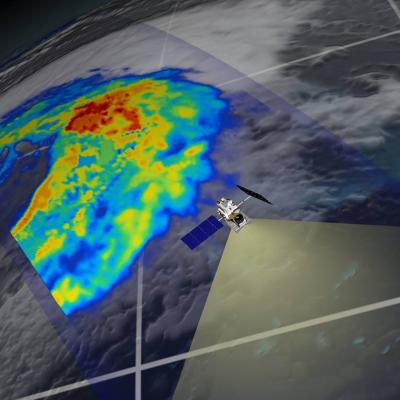GPM and Cloudsat Researchers Meet in Helsinki to Discuss LPVEx Data
GPM and CloudSat ground validation researchers are currently meeting at the University of Helsinki to discuss strategies for analyzing airborne and ground-based datasets from the Light Precipitation Validation Experiment (LPVEx) field campaign. This data analysis will help improve satellite-based precipitation retrievals in high latitude light rain and snowfall events. Dr. Ari-Matte Hari, Director of the Radar and Space Technology Group, FMI, welcomes the group to the University of Helsinki and FMI. Learn more about the LPVEx field campaign


